Donor Retention and the Trust Deficit
In nonprofit circles, the conversation around donor trust is not new. Study after study continues to highlight the same reality: trust is one of the most important drivers of donor retention, yet it remains one of the least consistently addressed. The latest research shows that one in four donors stops giving because they don’t believe nonprofits are transparent about how contributions are used. That number is staggering, but unfortunately, not surprising.
As an industry, we spend tremendous energy on acquisition strategies, fundraising campaigns, and events. Yet we don’t talk enough about the quieter, ongoing work of building and maintaining trust with the people who sustain our missions. This trust deficit is not simply a communications issue; it strikes at the heart of donor relationships and long-term financial stability.
The recent study Mission Retainable: Research-Backed Strategies to Inspire Donor Loyalty, conducted by Bloomerang, reinforces this point. The study found that the majority of donors who lapse do so not because of financial hardship or a change in values, but because of poor communication and lack of demonstrated impact. Among its key outcomes:
Donors who receive timely thank-yous are far more likely to give again.
Personalized communication significantly boosts retention compared to generic appeals.
Clear demonstrations of impact increase the likelihood of continued support.
In other words, trust is built—or broken—by how well nonprofits show appreciation, communicate, and connect giving to outcomes.
If we know trust matters—and have known this for years—the real question is: what can nonprofits do differently? Building trust requires intentionality, consistency, and a willingness to put donors at the center of our narrative. Here are a few concrete steps every organization can take:
Transparency in Action - Transparency is not just publishing a 990 or sharing a pie chart of expenses. It’s showing donors how their dollars turn into impact. That might mean breaking down a project budget into plain language, sending program updates tied to specific gifts, or highlighting both successes and challenges with honesty.
Consistent, Clear Communication - Trust is built in the space between solicitations. Organizations should communicate year-round, not only when making an ask. Quarterly updates, short videos, or even a simple email newsletter can reinforce that donors are valued partners in the mission.
Demonstrating Accountability - Accountability goes beyond numbers; it’s about showing responsibility for results. That might mean sharing how goals are measured, how funds are safeguarded, and what lessons were learned when things didn’t go as planned. Donors respect organizations that are candid, even about imperfections.
Engaging Donors in the Mission - Inviting donors into the work—through site visits, virtual briefings, or small group conversations—helps them see the mission up close. Offering opportunities for feedback also signals that the organization values the donor’s perspective, not just their checkbook.
The nonprofit sector does not lack research or evidence about why donors leave. What we lack is urgency in addressing it. If one in four donors is leaving because of trust, then building trust is not optional—it is mission critical. As the Mission Retainable study reminds us, simple but intentional practices—thanking donors quickly, communicating personally, and tying gifts to impact—go a long way in retaining supporters. Organizations that commit to transparency, accountability, and consistent engagement will not only retain more donors, but they will also cultivate deeper partnerships that sustain impact for the long term.


